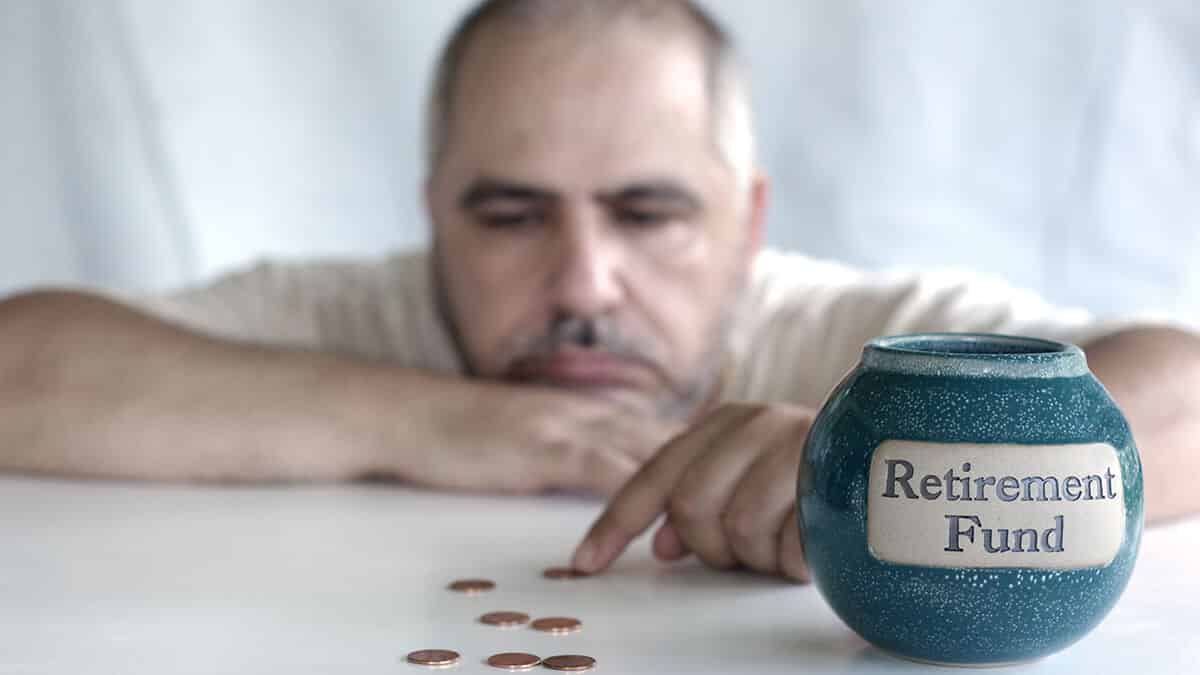In this guide
Uncertainty is beginning to feel like the new normal for investment markets. No sooner did the global economy put the worst of the Covid pandemic behind it than the Russian war on Ukraine and the crisis in Gaza created a new set of worries.
Add the unpredictability of the second Trump presidency and talk of tariffs and shifting global alliances … to say the outlook for investors is challenging is an understatement. Especially so for anyone trying to put the finishing touches to their retirement plan or living off the income from their investments.
The lessons of history
No one can predict when markets will turn, although history teaches us that markets are cyclical and periodic downturns should be expected. When this happens, the impact can be magnified for super fund members moving into retirement phase.
For members shifting their super savings to a pension product, a number of down months in relatively quick succession will mean they draw down on a smaller pool of savings than they originally planned for.
While the Covid years seem like a distant memory for many, for some super fund members the impact on their retirement savings is still very much present.
As the chart from SuperRatings below shows, the market plunge in February and March 2020 dragged down super fund balances. It gives the example of a member with an account balance of $500,000 in the median Balanced investment option at the end of August 2019.
By February 2020, this member’s balance would have grown to around $527,000. Happy days. Then Covid struck, knocking 13% off their savings to a low of around $457,000 in March. At this point, many people panicked and switched to cash or a more conservative investment option.



Leave a Reply
You must be logged in to post a comment.